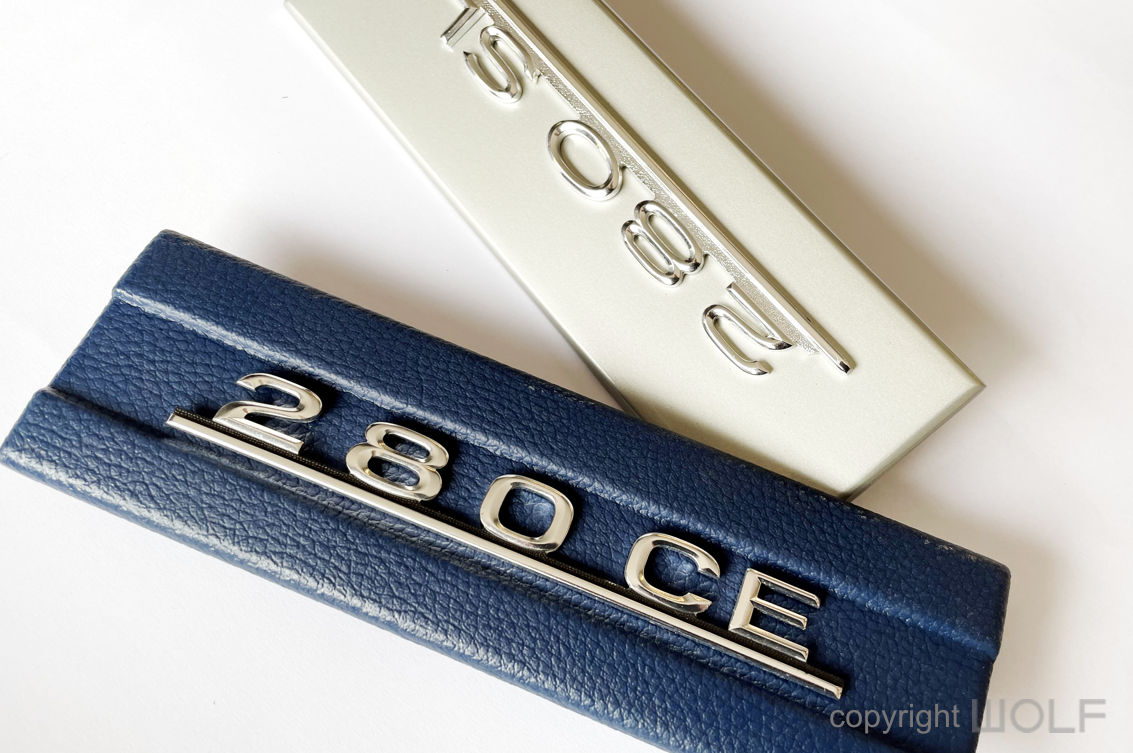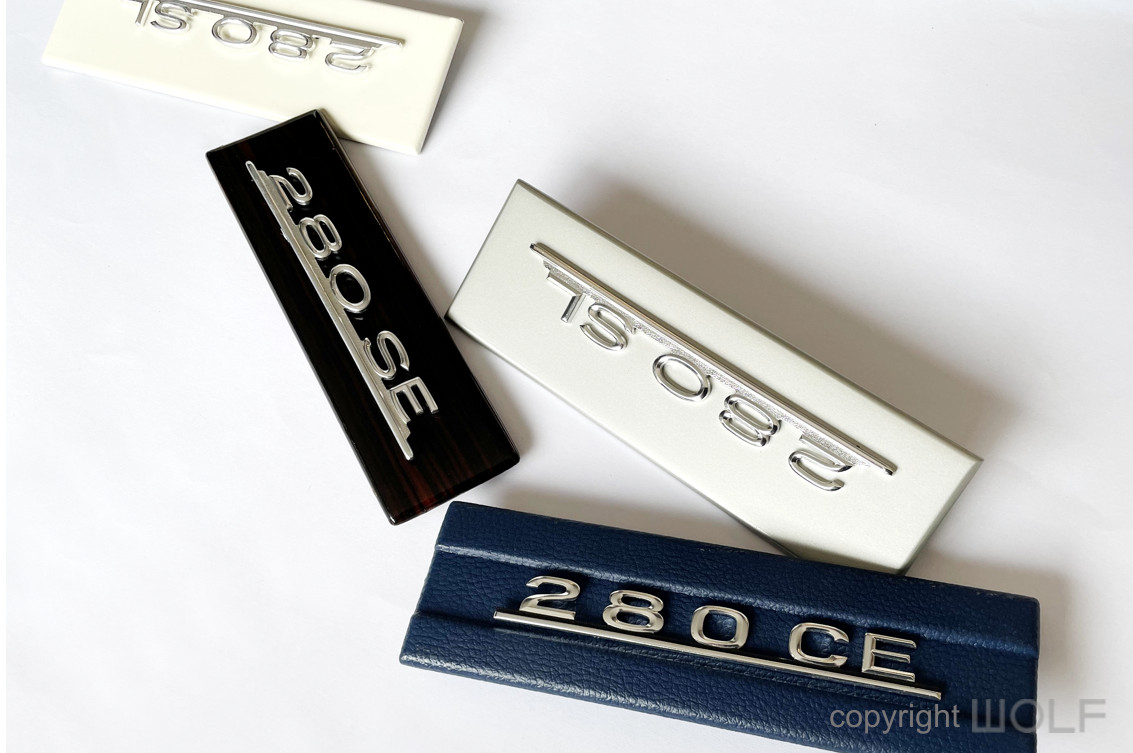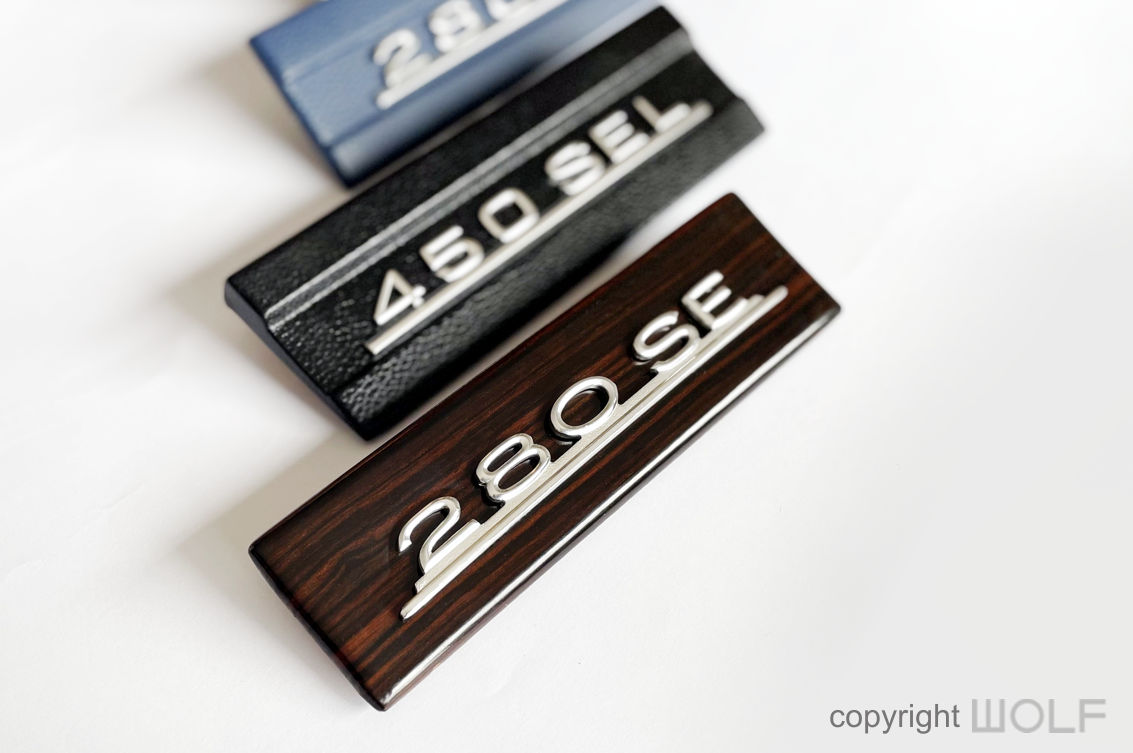WOLF retro DESIGN REVIEW. 5th July 2022
They are cool, unique, rare and remind us of what we take for granted.
A retro review looks at products that are at least over ten years old from a present-day WOLF design perspective. While the technology and fashion of the period influence design, and are taken into consideration, great design ideas will transcend their eras to be timeless.
Interesting and factual information may be provided, but our review aims to deliver insight from the perspective of a designer’s mind and eyes.

Curious and unique.
Product description
It’s hard to imagine that the car radio was once an optional extra, but once upon a time they were indeed a luxury accessory. We don’t know exactly when Mercedes cars came standard with radios, but certainly up until the late 1970s, it was quite common for new cars to leave the showroom without a radio. In place of a radio is what we call a “Blanking Plate”. Also known as a radio delete plate it is essentially a panel to cover the hole where the radio would have been.

Nice to collect
Variations
Each blanking plate corresponds to the interior of the car, in particular the dashboard. Therefore, if the dashboard was wooden, the blanking plate would need to match the same veneer. The same went for vinyl or MB-Tex dashboards, where those plates would be wrapped in the same material. Early SL cars such as the Pagodas, 190SL and 300SL cars had cool metal plates because those cars had metal dashboards.



The materials matched the dashboards
Design
Blanking plates are roughly the same size as the radio, and this varies according to the car. Many earlier plates are shorter because the radios on older cars were often smaller. Most plates are perfectly flat but some plates had subtle design detailing. From our research Mercedes always placed a metal model number of the car in the center of the plate. This metal badge resembled a miniature version of the badge on the rear of the car.

A Zebrano plate from a 1970 280SE 3.5 Cabriolet

Metal SL blanking plates are particularly nice.


These MB-TEX covered plates from the 1970s had an inset band in the center that framed the metal badge nicely.
Function & Craftmanship
Mercedes blanking plates were built to expected high standards. They did not look out of place when installed because the materials and designs always matched the dashboard perfectly. In older cars with wooden dashboards the blanking plates and dashboards were made from the same piece of timber, so that the grain direction and colours matched perfectly. The metal numeric badges are a nice touch and made to the same level of finish as the same badge on the rear of the car.

Rear attachments differed depending on the car model.

Original hand writing on the rear of this timber plate to identify a perfect match to the same wood on the rest of the same car.

Painted to the same level of finish as the body of the car.
Availability and desirability.
Blanking plates are rare because most people discarded them once they installed a radio. They are however, a curious and interesting accessory to have. Many collectors hunt specifically for the correct matching plate to their car. There are also people out there who specifically collect blanking plates. The search can be exhausting as interiors vary dramatically, especially in the 1970s when Mercedes had a large range of vinyls and colours. Wooden plates are fairly common and can be refinished to match the dashboard. The same goes for the metal SL plates, where the dashboard matches the cars body colour.
Prices vary depending on car and condition. They generally fetch in the hundreds of dollars and older SL cars can be well over $500. Finding the exact colour is unlikely so expect to invest further in having your plate repainted or refinished to match as necessary.


Word of the Wolf.
We think blanking plates are fascinating and highly recommend getting the right one for your car to keep in your glove box. The search might take time, but is well worth the effort.

Disclaimer
The information in this review is intended for informational or educational purposes to provide readers an understanding of how something may be seen from a certain design perspective. In this case it is from the view point of WOLF DESIGNS. As design is subjective this review should only be considered as an independent opinion. Information further to being of an opinion is provided to the best of our knowledge based on our own research at the time of doing the review. We cannot be held responsible for any inaccuracies or inconsistencies and reserve the right to change or update any content as appropriate.
The final responsibility of the design resides with the original manufacturer.

